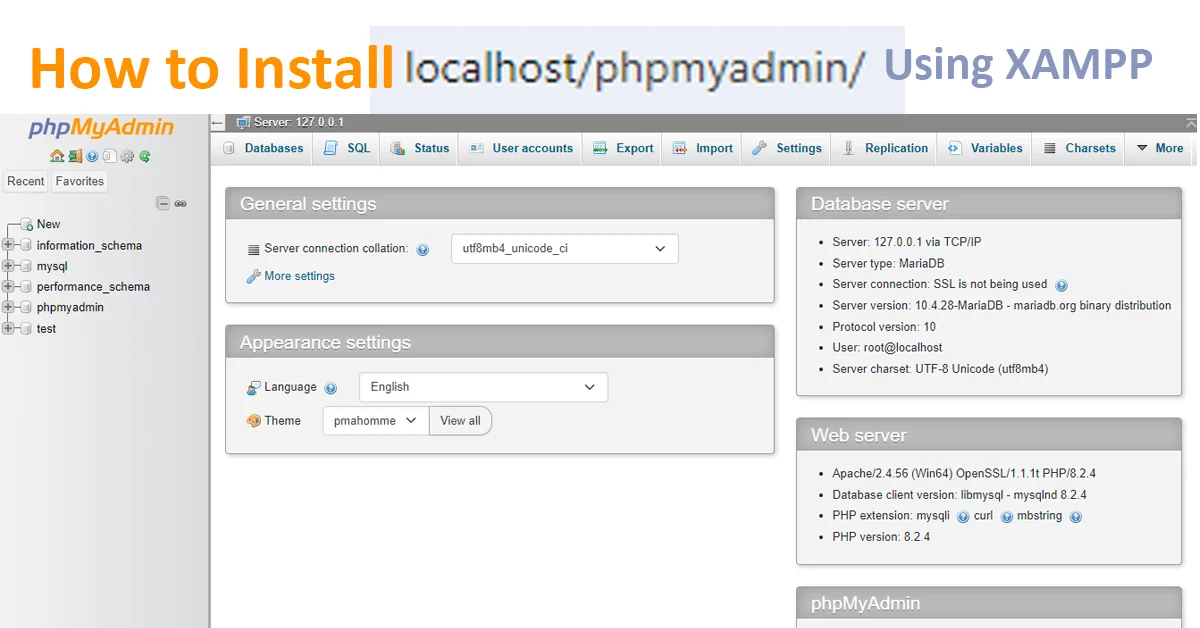Content is everywhere, from blogs to social media posts, product descriptions, and more. Businesses rely on content to communicate with their audience. But not all content is created equal. To stand out and drive traffic, companies need to focus on SEO Content Writing, which is a method of writing that helps your content rank higher on search engines like Google. Here in this blog, we’ll break down what SEO content writing is and how you can write SEO friendly content to improve your website’s visibility and boost traffic.
What is SEO Content Writing?
SEO Content Writing is a way of writing content that is optimized for search engines. It involves using specific strategies, such as including keywords (terms people search for) naturally within your content. This makes it easier for search engines like Google to understand your content and show it to people looking for related information.
When done right, SEO content writing helps your website rank higher in search results and brings in more visitors. It’s not just about using keywords though, it’s also about creating valuable and engaging content that keeps readers interested.
The Overall Process of SEO Content Writing and Optimising the Page for better rankings stands for Content Marketing and a person doing it called Content Marketer.
Why is SEO Content Writing Important?
When your content is optimized for search engines, it becomes easier for people to find you when they search for specific information. Here are a few reasons why SEO Content Writing is crucial for online success:
- Better Visibility: SEO friendly content improves your chances of being found by search engines, which means more people can discover your website.
- Increased Traffic: Ranking higher on search engine result pages (SERPs) leads to more clicks and visitors to your website.
- Builds Authority: When your content ranks well, it shows that your site provides valuable information, which helps build trust and authority.
- Higher Conversion Rate: SEO content that is targeted at the right audience can lead to more sales, sign-ups, or leads.
SEO Friendly Content ensures your business stands out online, attracting more visitors and building a stronger connection with your audience. Content plays a key role in Digital Marketing as everything starts with a Content.
What is SEO Friendly Content?
SEO friendly content is written in a way that both search engines and users find helpful. This means using the right keywords, structuring your content for easy reading, and ensuring your page loads quickly. SEO friendly content aims to rank high in search engine results so that more people can find and read your content.
Here is How to Write a SEO Friendly Content:
Now that we understand what SEO content writing is, let’s explore how to create SEO Friendly Content step-by-step:
Keyword Research:
Start by finding out what people are searching for. Tools like Google Keyword Planner, Ubersuggest, or SEMrush can help you identify the terms and phrases (keywords) people commonly use in search engines.
For example, if you run a fitness blog, you may find that people are searching for “”easy home workouts”” or “”best exercises for beginners.”” These keywords should be naturally placed within your content to match what your audience is looking for.
Tips:
- Use long-tail keywords (phrases with 3-4 words) because they often target more specific searches.
- Avoid “”keyword stuffing,”” which means overusing keywords. It can hurt your rankings.
Create High-Quality Content
SEO Friendly Content Writing is not just about adding keywords, it’s about delivering useful, high-quality content. Make sure your content answers the reader’s questions, provides insights, or solves a problem.
Tips:
- Focus on writing content that is easy to understand and helpful.
- Make sure your content is original and not copied from other sources. Search engines penalize duplicate content.
Use Headers and Subheadings:
Headings like H1, H2, and H3 are helpful for structuring your content and important for SEO. Search engines use these headers to understand the main topics of your content.
Tips:
- Use your main keyword in the H1 header (the title of your article).
- For better readability, break your content into sections with subheadings (H2, H3).
Optimize Meta Tags
Meta tags include your title tag and meta description. These short descriptions appear in search engine results and give readers a preview of your content. Writing SEO friendly meta tags increases your chances of getting clicks.
Tips:
- Keep the title tag under 60 characters and the meta description under 160.
- Include your primary keyword in both the title and meta description.
Use Internal and External Links
Internal links point to other pages on your website, while external links point to relevant websites outside of your own. Using both helps search engines understand the structure of your site and can improve SEO.
Tips:
- Link to your site’s related articles or blog posts to keep readers engaged.
- Use high-authority external links to back up any claims or facts.
Write for Humans, Not Just Search Engines
While it’s important to follow SEO best practices, your main goal should be creating content people enjoy reading. Search engines reward content that provides a great user experience.
Tips:
- Keep your paragraphs short and easy to read.
- Avoid technical jargon unless your audience understands it.
- Use visuals like images, videos, and infographics to make your content more engaging.
Optimize for Mobile
Since many users browse the web on their phones, it’s crucial that your content is mobile-friendly. Google considers mobile-friendliness when ranking websites.
Tips:
- Make sure your website loads quickly on mobile devices.
- Use a responsive design that adapts to different screen sizes.
Use Alt Text for Images
When you add images to your content, use “alt text” to describe what the image is about. This helps search engines understand your images and can boost your SEO.
Tips:
- Include your keyword in the alt text but ensure it accurately describes the image.
Focus on User Experience
The way users interact with your site can impact your SEO rankings. If your page takes too long to load, has a clearer layout, or is hard to navigate, visitors may leave quickly, which can hurt your rankings.
Tips:
- Make sure your website loads fast (under 3 seconds).
- Use a clean and simple design that is easy to navigate.
Is it easy to write SEO Content?
Writing SEO Content can be easy once you understand the basics, but it requires careful planning. You need to research the right keywords, structure your content properly, and ensure its engaging and valuable to readers.
It’sIt’s not just about adding keywords, good SEO content needs to flow naturally and be helpful. While the process might seem tricky at first, with practice, it becomes easier.
The key is to focus on creating content that both search engines and people will appreciate. With the right approach, anyone can learn to write SEO Friendly Content effectively.
Final Thoughts on SEO Content:
SEO Content Writing is an essential skill for anyone looking to grow their online presence. By creating SEO Friendly Content, you can increase your chances of ranking higher in search engines, attracting more visitors, and ultimately achieving your business goals.
Remember, it’s not just about stuffing keywords into your writing. Focus on creating valuable content for your readers, structuring it properly, and optimizing it for both search engines and user experience. With these tips, you’ll be well on your way to mastering SEO friendly content Writing and driving more traffic to your website.









